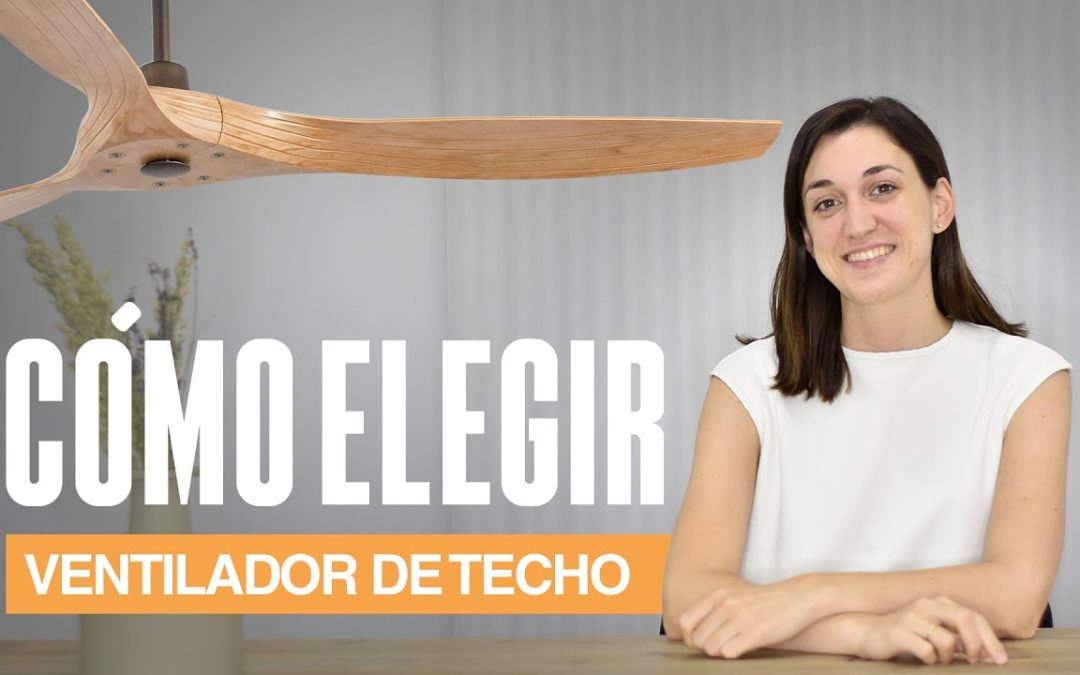The Dilemma of Choosing Ceiling Fans: Illuminated or Non-Illuminated?
When considering the addition of a ceiling fan to a room, homeowners often face a decision: should they
choose a ceiling fan with built-in lights or opt for one without? This choice is not just about personal preference but also involves
considering functionality, style, and the specific needs of the room in question.
Functionality: Versatility and Convenience
Ceiling fans with lights offer a two-in-one solution that can be particularly beneficial for rooms that lack
sufficient lighting or where ceiling space is at a premium. With this option, you can enjoy the cooling benefits
of the fan along with additional room illumination. On the other hand, ceiling fans without lights serve
a singular purpose and may be appropriate in spaces where lighting is already ample or when pairing with other
light sources.
Advantages of Ceiling Fans with Lights
- Provide both airflow and illumination
- Can replace central light fixtures
- Ideal for spaces with limited ceiling fixtures
Advantages of Ceiling Fans without Lights
- Focused functionality for air circulation
- Often more energy-efficient
- Less visually intrusive without the additional light fittings
Style and Aesthetics: Complementing Room Decor
Style is also a critical factor to consider. Ceiling fans with lights come in a variety of designs,
from modern to traditional, and can play a major role in complementing the aesthetic of a room. They can act
as a focal point and impact the ambiance with different lighting shades and intensities.
Meanwhile, ceiling fans without lights tend to have a more straightforward design, giving them a sleek and
subtle appearance that can blend seamlessly with the ceiling and overall decor.
Installation and Maintenance Considerations
Installation complexity and maintenance can also influence your decision. Ceiling fans with lights might
require additional steps during installation, such as connecting electric wires for the light fixture. They may also necessitate
more maintenance, as light bulbs will eventually need replacement.
Installation Considerations
- Professional installation may be recommended for fans with lights
- Act as a focal point and impact the ambiance with different lighting shades and intensities.
- Regular cleaning may be needed to ensure both fan and light operate efficiently
Maintenance Considerations
- Easier to maintain fans without lights, as there are fewer components
- Replacing light bulbs can add to the maintenance tasks
- The addition of a light kit can sometimes be possible if you change your mind later
Cost Implications and Energy Efficiency
The initial cost and ongoing energy consumption are also part of the equation. Generally, ceiling fans with lights may have a higher upfront cost than those without lights due to the additional components.
However, the integrated design can lead to energy savings if it replaces other light sources that would have otherwise been used.
Ceiling fans without lights can be more cost-efficient and may offer lower energy consumption, with advances in motor technology and blade design contributing to improved efficiency.
Factors Affecting Energy Efficiency
- LED lighting in fans with lights can offer long-term energy savings
- Efficient motor design can reduce energy use in fans without lights
- Using light and fan separately or simultaneously can affect overall energy consumption
Conclusion: Weighing Your Options
In the end, whether to opt for a ceiling fan with lights or one without is contingent upon individual
needs and preferences. A lighted ceiling fan offers convenience and multifunctionality for rooms needing more
illumination, while a non-lighted fan provides a clean look and simplicity for well-lit or minimalist spaces.
Ultimately, weigh the factors of functionality, style, installation, maintenance, cost, and energy efficiency to
decide which option is the best fit for your home.

